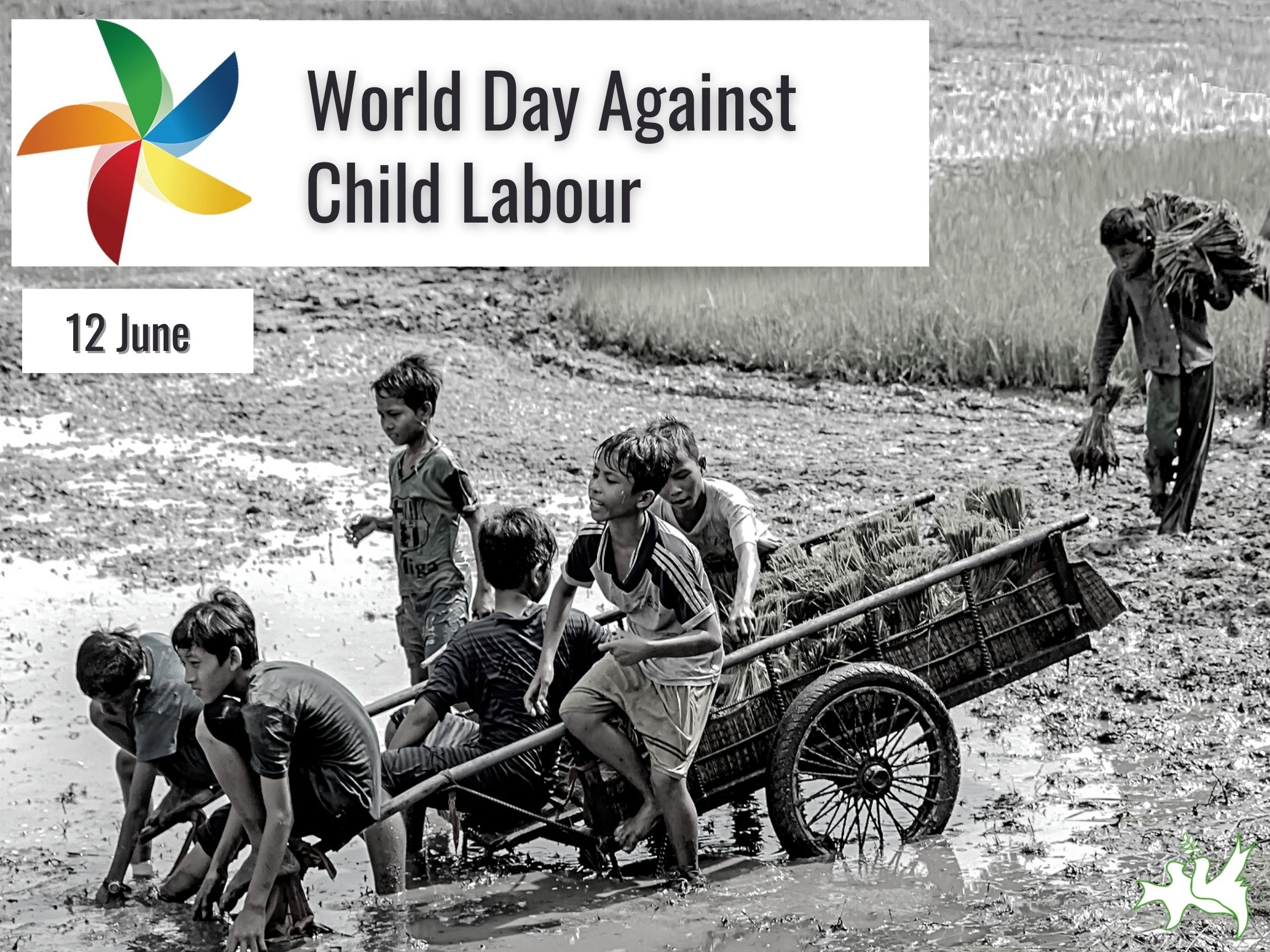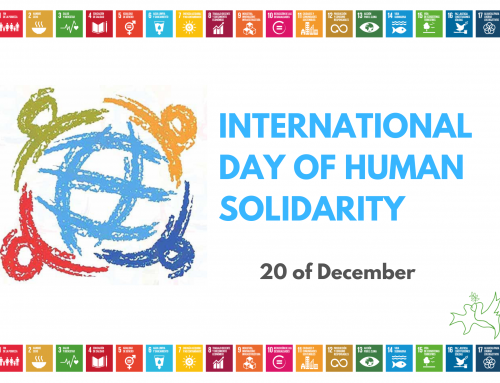Observed on June 12th, World Day Against Child Labour is intended to serve as a catalyst for the growing worldwide movement against child labour. Emphasizing the link between social justice and child labour, the slogan for the World Day in 2023 is ‘Social Justice for All. End Child Labour!’.
Our joint experience in tackling child labour over the course of the last three decades has demonstrated that child labour can be eliminated, if the root causes are addressed. More than ever, it is urgent for all of us to contribute to bringing solutions to people’s daily problems, and child labour is – possibly – the most visible of these problems.
We therefore consider the 2023 World Day Against Child Labour to be a moment for all of us who are committed to ending child labour to demonstrate that change can be achieved when will and determination come together and provide a momentum for efforts to be accelerated in a situation of great urgency.
This World Day Against Child Labour, June 12, 2023 we are calling for
- Reinvigorated international action to achieve social justice, particularly under the envisaged Global Coalition for Social Justice, with child labour elimination as one of its important elements;
- Universal ratification of ILO Convention No. 138 on Minimum Age, which, together with the universal ratification of ILO Convention No. 182 on Worst Forms of Child Labour achieved in 2020, would provide all children with legal protection against all forms of child labour;
Effective implementation of the Durban Call to Action.
Source: Naciones Unidas






